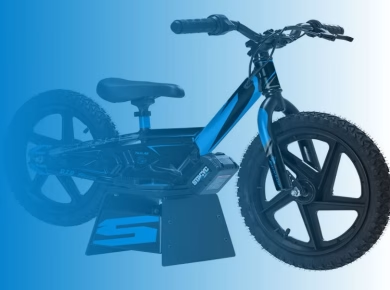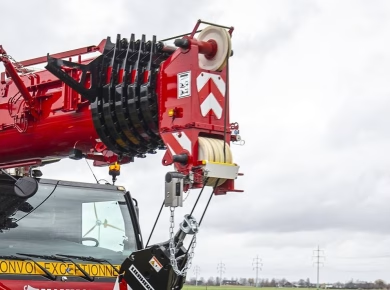When I first stepped onto construction sites, I was struck by the sheer volume of materials and equipment that surrounded me. There was a dizzying array of safety gear, but one item stood out in its absence: a dedicated spill kit tailored to the unique challenges of each site. Instead, all-purpose spill kits seemed to reign supreme, and it wasn’t long before I witnessed firsthand the shortcomings of this one-size-fits-all approach. From chemical spills to oil leaks, relying on a generic spill kit can turn manageable situations into costly, dangerous oversights.
The Pitfalls of All-Purpose Spill Kits
All-purpose spill kits may seem convenient, especially for companies looking to streamline their operations and cut costs. However, this convenience often comes at the expense of efficacy. Each spill scenario presents its own challenges, whether it involves hazardous chemicals, oils, or biological materials. An all-purpose kit lacks the specialized absorbents or containment methods necessary for effective response, which can lead to environmental contamination or health hazards for workers.
Understanding the Types of Spills
Consider a construction site where a hydraulic fluid leak occurs. An all-purpose kit might include universal absorbents that do little to neutralize the chemical’s hazardous properties. If the spill is on soil, for instance, the potential for groundwater contamination escalates. On the other hand, a dedicated kit designed for chemical spills would contain specific absorbents that not only soak up the fluid but also neutralize its harmful effects. Knowing the type of spill you are likely to encounter is crucial in selecting the right kit.
Real-World Consequences
In my experience, I’ve observed that the absence of specialized spill kits can lead to significant repercussions. At one site, a contractor chose an all-purpose kit for oil spills, believing it would suffice. When a substantial oil leak occurred, the absorbents in the kit failed to contain the spill effectively. This not only resulted in a hazardous situation for the crew but also led to costly fines from environmental agencies. The cleanup required specialized materials and labor, ultimately costing the company far more than if they had invested in an appropriate spill kit from the start.
Regulatory Compliance and Liability
Understanding the regulatory landscape is another critical factor. Agencies like OSHA and EPA have stringent guidelines regarding spill response and cleanup. Using an all-purpose spill kit may not meet these regulatory requirements, putting companies at risk for non-compliance. In a world where liability can easily escalate, the financial implications of a spill can be devastating. A tailored spill kit not only ensures compliance but also demonstrates a company’s commitment to safety and environmental stewardship.
Choosing the Right Spill Kit
Investing in the right spill kit means analyzing the specific needs of your operation. Start by assessing the materials used on-site and the potential hazards involved. Are you dealing with chemicals, oils, or biological substances? Each type requires a different approach.
Consulting with Experts
Engaging with safety consultants or spill kit suppliers can provide valuable insights. They can help you identify the best products for your specific environment and even assist with training your team on proper spill response techniques. Don’t underestimate the value of a well-informed team; their ability to act swiftly can mitigate the severity of a spill significantly.
Training and Preparedness
Having the right tools is only part of the solution. Equally important is ensuring your team is trained in proper spill response protocols. A spill kit is useless if the personnel on-site do not know how to use it effectively. Conduct regular training sessions that include hands-on practice with the kits.
Drills and Simulations
Incorporating drills and simulations into your safety training can help reinforce the importance of preparedness. These exercises allow your team to familiarize themselves with the equipment and practice their response in a controlled environment. This not only builds confidence but also enhances team coordination during real incidents.
Conclusion: Prioritize Safety and Environmental Stewardship
The choice between an all-purpose spill kit and a specialized one is not merely a matter of convenience; it’s a vital decision that can impact safety, compliance, and your bottom line. By prioritizing tailored solutions, you safeguard not only your team but also the environment. In a field where risk is inherent, ensuring that you are prepared for the unique challenges of each site is crucial. Investing in the right spill kit and fostering a culture of preparedness can make all the difference. Let’s commit to best practices that protect our teams and the environments in which we work.


